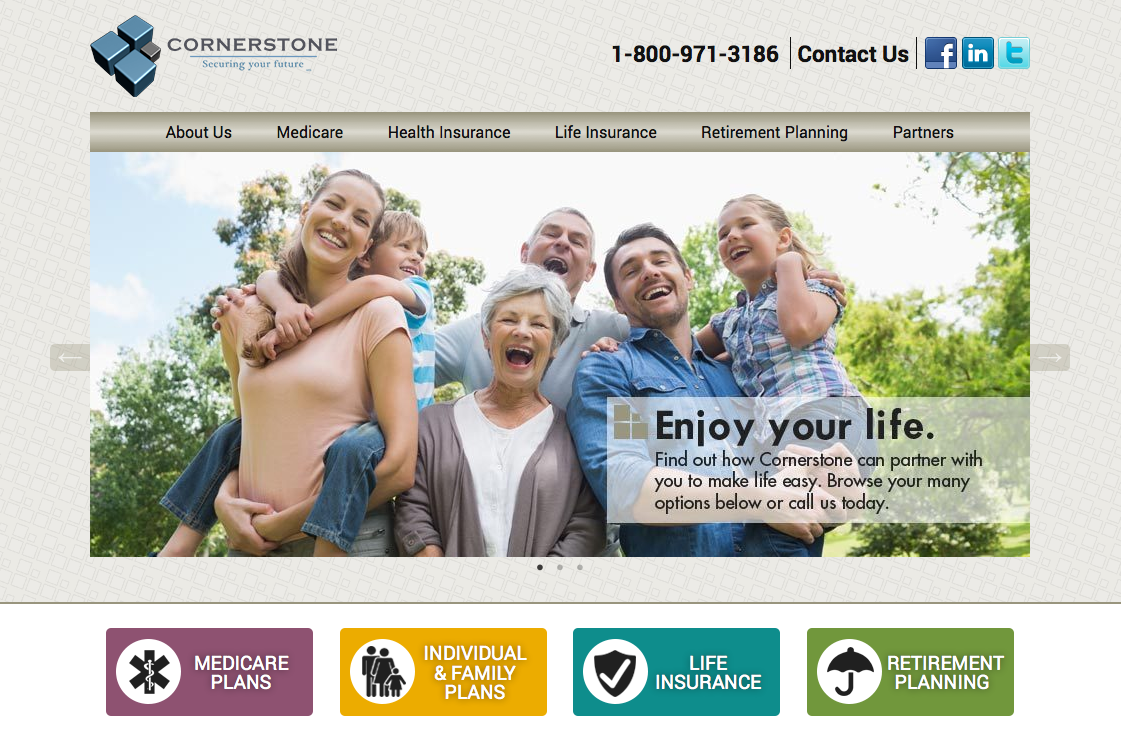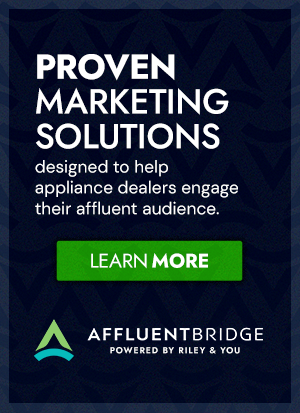When a client commissions a new website design or requests a revamp on an existing website, I hear the sweet siren song of a hundred fun, design-y questions that I can’t wait to ask: What kind of look and feel are you envisioning? Do you have color preferences? What type of style and tone is most effective for your audience?
After all, as a designer, I want to design! I like organizational, structural details as much as the next person (actually, maybe more), but the sooner I can sink up to my neck in color palettes and typefaces, the merrier I’ll be. However, as tempting as it can be to immediately direct clients into this sort of visual territory, doing so can trigger an avalanche that will eventually waste countless hours and blow the client’s budget into tiny fragments of gloom.
Site Navigation and Content
For a long time, I began most of my website design projects with site navigation and content, and was thankful later on that I did. Most designers agree that site navigation and content are paramount. I agree; I won’t create a single wireframe until we successfully chart the entire site map, organize levels of navigation, and confirm content.
In recent years, however, certain experiences have reframed my approach when starting a website project. So if designers shouldn’t jump right into visual, design-oriented conversation or navigation and content, what is the first question?
Before All Else: Identity
At the start of any website project, I steer the client toward a basic and fundamental building block of the design world: identity.
I used to think that initiating a conversation about company identity – when I’ve only been asked to create a website – would either waste time or potentially cause my clients to think they were being assaulted with an awkward sales pitch to create a new logo or letterhead. (Trust me, I’m no salesperson; I spend my time with colors).
Here’s how I might guide the conversation: So you’re thinking of a new website? Great! Before we jump into those details, I’d like to talk with you about your company identity – things like logo and branding. In order to create the best website possible, we want to start with the best identity possible. How effective is the current state of your company’s identity?
Notice that I don’t ask, Do you like your current logo? Or, Are you satisfied with your branding? Even clients who love their logo, for example, can grow used to seeing it, and they don’t often have a good reason to rethink its present effectiveness or consumer appeal. My goal is to encourage a helpful and productive time for the client to reflect on his or her current identity and its success or breakdown.
Experience Is The Best (and Most Painful) Teacher
My experience has taught me to begin with a close look at a client’s current identity and branding. In one case, I was almost done with a website job when it suddenly came to light that the client was unsatisfied with their logo. They seemed fine with it when the project started, and it wasn’t until the final stages of the website design that they expressed their concern. Ultimately, we ended up changing their logo, which then required an overhaul on much of the site.
The moral of the story? Ask questions about identity before you ask one single question about the requested website. This will offer your client the best service possible by providing a thoughtful opportunity to consider the foundation of their marketing.
If my client is satisfied with his or her company identity and its success, then I can move on to questions about the website project. But if he or she has questions, reservations, or concerns about his or her identity’s efficacy, I now have a wonderful opportunity to generate dialogue, offer direction, and ultimately help my client achieve a foundational identity that garners long-term and widespread profit. That will serve them far better than a shiny, new website!


